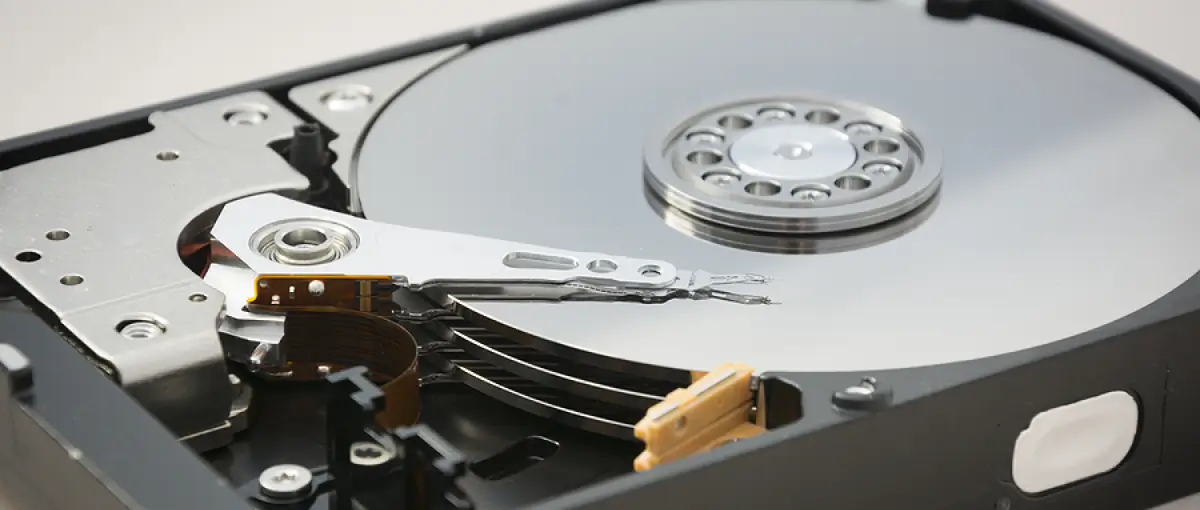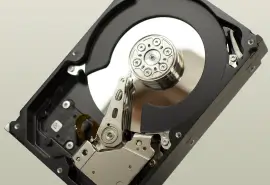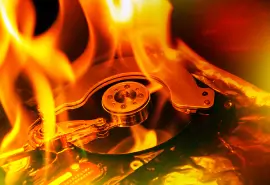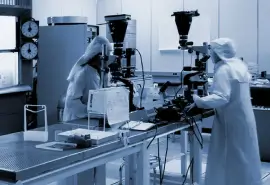DIY data recovery has likely existed since the earliest cases of data loss. It is the nature of losing files with emotional importance or financial value. The rise of the internet helped raise awareness and spread information about data recovery. As a result, many DIYers have sought and shared tips for restoring data in online forums and platforms like YouTube. And, sometimes, they actually worked.
However, data recovery techniques are constantly evolving. What worked in 2014 might be obsolete in 2024. Current methods might not be effective in 2034. That is because storage devices have become more complex as the demand for data continues to grow. For that reason, you should be careful about DIY data recovery advice on the internet. Especially when it comes from an unverified source or involves priceless data.
In this article, our experts reveal the reality of popular DIY myths, so you can avoid costly mistakes and make an informed decision.
Key Takeaways:
- Modern storage devices are more complex than ever and often require specialized tools and techniques to restore lost data.
- DIY solutions are risky and could damage the media further, resulting in permanent data loss.
- Data recovery services are the most reliable method of retrieving essential files.
The Truth About DIY Data Recovery
Here are seven common myths regarding DIY techniques and the truth about their effectiveness.
Myth 1 - The Freezer Trick
The freezer trick is one of the most persistent data recovery myths. Believe it or not, the trick called for users to put their failed hard disk drive (HDD) in the freezer. Freezing the hard drive could briefly reverse damage and provide people enough time to save their data elsewhere. For example, freezing a misaligned read/write head could cause it to contract and move back to their proper position. It could also lubricate a stuck motor or fix a loose connection.
Reality: The freezer trick is risky and outdated. Often, it will damage the disk further and lead to permanent data loss. Modern hard drives are compact, complex devices with controlled environments. Introducing condensation or ice crystals to the delicate components and platters could have devastating consequences. Successful hard drive recovery needs specialized tools to resolve these situations.
Myth 2 - The Rice Trick
A related trick recommends putting a device with water damage in a bag of rice to absorb excess moisture. This tip has been used in hopes of fixing water-damaged iPhones and iPads after they come into contact with liquid.
Reality: There are much better ways to dry the device or eject water from its housing. While rice does absorb moisture, it also contains a large amount of dust and starch. These substances can damage the components on the logic board. Silica gel packets are a much safer alternative.
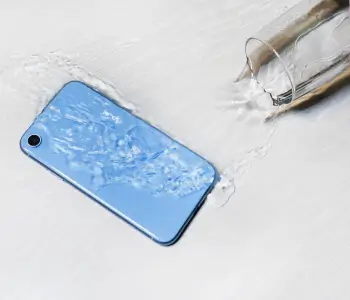
Myth 3 - PCB Swap
Another DIY method involves swapping the printed circuit board (PCB) in a failed device with one from a donor drive. PCB swaps were effective when dealing with electrical issues on simpler drives with fewer electronics. Replacing the defective board with a compatible transplant restored data access.
Reality: PCB swaps are no longer an option for the general public. Now, PCBs have more electronics and different versions of firmware, making it difficult to find a suitable donor. In addition, modern PCBs store adaptive data in integrated chips. This data contains parameters that are critical to the drive’s function. Therefore, swaps must also remove, transfer, and solder these chips onto the new board. That process requires technical expertise and equipment.
Myth 4 - Different Power Supplies for Electrical Problems
Others believe that changing power supplies can remedy situations where the HDD or solid-state drive (SSD) will not start. By trying a new power supply, the device may regain function.
Reality: A faulty power supply could cause your device to stop working, but this myth oversimplifies potential fixes. Storage fails for numerous reasons. Many causes are unrelated to the power supply. Providing inconsistent power or mismatched voltage could even fry the PCB. Specialists can diagnose the specific failure and develop a tailored solution.
Myth 5 - Opening Hard Drives Is Safe
Some have suggested that opening a hard drive to inspect physical damage is fairly safe. Once diagnosed, the user can perform most repairs in their home or office with standard tools.
Reality: Hard drive repair is challenging in the best conditions. As mentioned, hard drives are sealed to protect their intricate components from dust, debris, and liquid. Exposing these parts to harmful substances or extreme temperatures could cause permanent damage and data loss. A disk should not be removed from its casing outside of a certified cleanroom.
Myth 6 - Data Recovery Software Works Every Time
Free data recovery software is often presented as an equally effective option for restoring files. These programs have custom algorithms that locate lost data and save those files to a new location.
Reality: Data recovery software is a very effective tool in certain situations. It is well-suited to restoring recently deleted data or correcting minor file system issues. However, software cannot address physical damage or extensive corruption. Those cases require a skilled engineer. It can also overwrite recoverable files when used improperly.
Myth 7 - DIY Data Recovery Is Always Cheaper
Some advise attempting DIY data recovery because it is much cheaper than a professional service.
Reality: DIY data recovery is not always cheaper when dealing with essential files. Typically, these attempts do not work because the failure mode requires specialized tools and techniques. In the process, the stored data becomes much harder to access and salvage. Many data recovery cases involve drives with previous attempts that had failed. The difficulty of restoring this compromised data means going to an expert in the first place would have been cheaper.
When to Hire a Professional Data Recovery Company
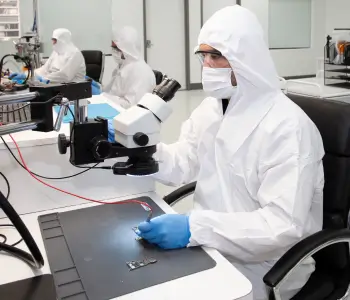
Your response when confronted with sudden data loss could be the difference between losing and reclaiming files. Be wary of myths that might jeopardize getting your data back. Try to gather all of the information before making a decision. In the end, a certified service is the most reliable method for restoring important data.
At Secure Data Recovery, we understand the value of data in the modern world. Since 2007, our team has recovered billions of files over thousands of cases. In that time, we have maintained a 96% success rate across every device and failure type. Trust the experts with free diagnostics and a No Data, No Recovery Fee guarantee to handle your digital disaster.
Call 800-388-1266 today to start a case.

